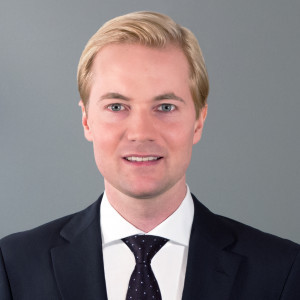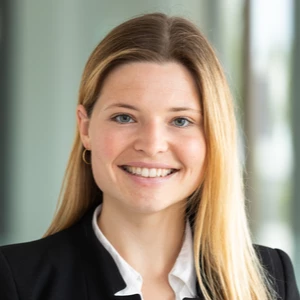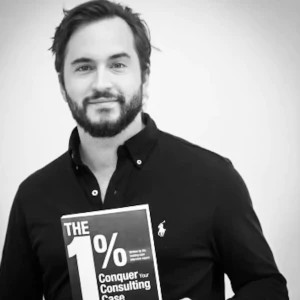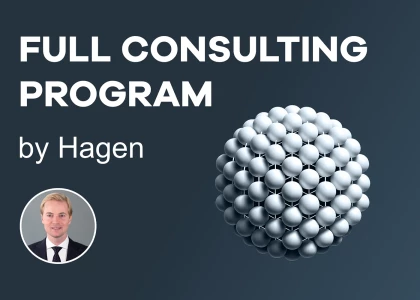I do not understand the calculation here.
Before the loyalty card was introduced customers who were likely to buy a loyalty card spent 48 $ on average.
After the card was introduced they spent 50 $. That is an increase of 4%, not 7%. Whats wrong about my logic?












